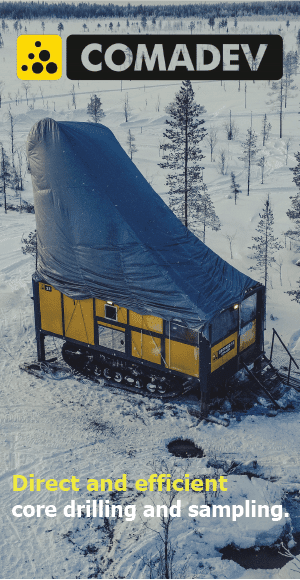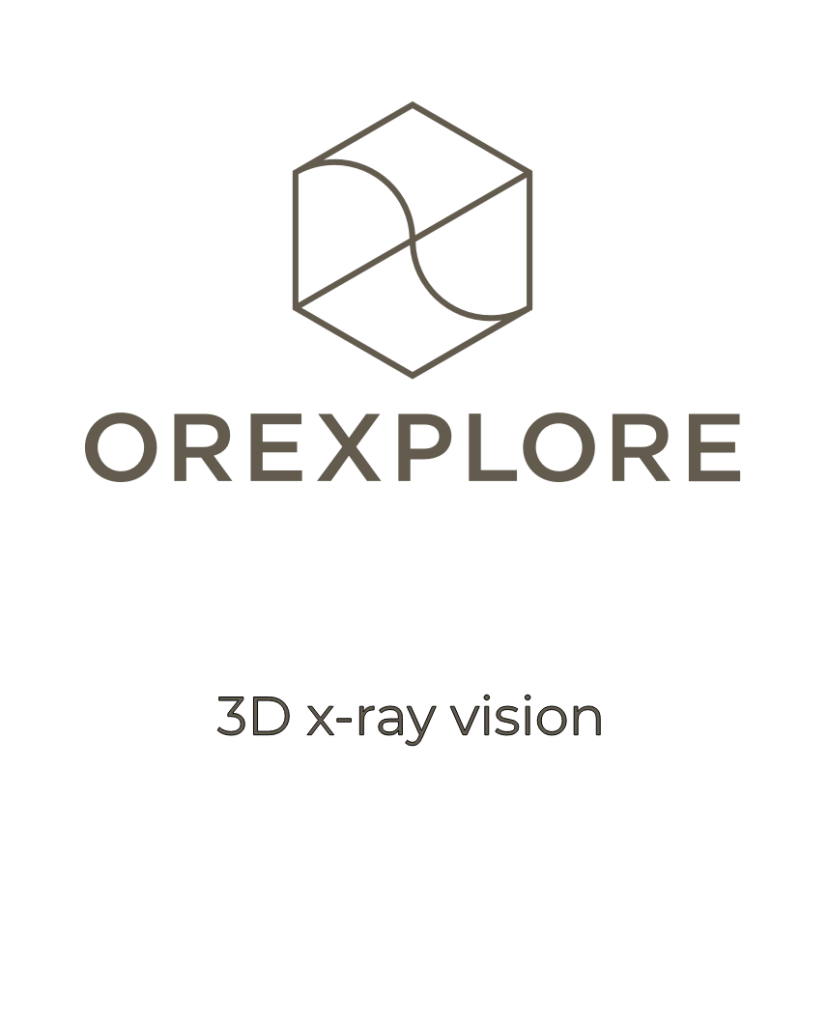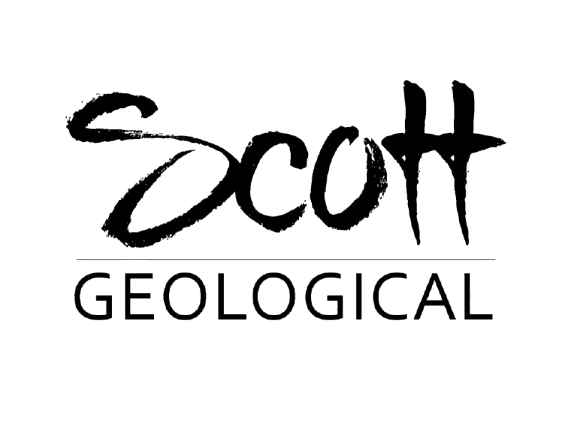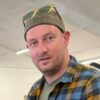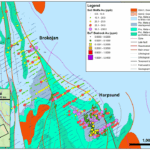Catching up with District Metals at Tomtebo
Having recently entered into a strategic partnership with Boliden Mineral AB, District Metals (TSXV:DMX) is currently operating the first joint drilling program at the polymetallic Tomtebo project in central Bergslagen. I took the opportunity to visit the team during the final days of the campaign in early April.

Signed in October 2023, the agreement with Boliden allows District to gain exposure to Boliden’s Stollberg project while maintaining a hedge against potential future discoveries at Tomtebo. In return, Boliden can earn 85% interest in the Tomtebo project and gain access to a highly technical and experienced operating team that also has previous working experience at Stollberg.
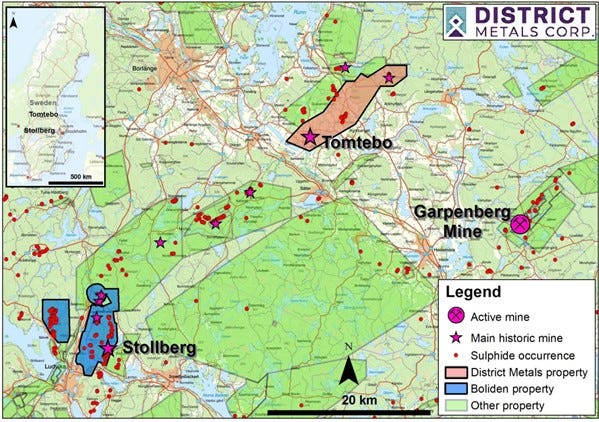
Mining activities at Tomtebo date back to the 16th century, with the deposit being acquired by Stora Kopparberg AB (the former operator of the nearby Falun mine) during the beginning of the 20th century and extraction intermittently continuing until 1970.
Notably, mining almost entirely focused on the Cu-Au part of the deposit, with historic records indicating grades of up to 5.3% Cu. It was not until District’s initial work that this part was recognized as the feeder zone of a VMS system. District’s best drill hole targeting this style of footwall mineralization to date returned 8.65m @ 2.92% Cu, 0.43g/t Au & 13.92g/t Ag (TOM21-013).
Following promising drill results in the 1960’s, Stora spent several years conducting extensive exploration activities including the installation of a 244m deep shaft and a few hundred meters of exploration drifts at the 200m level. Subsequent underground drilling from these drifts resulted in the discovery of multiple semi-massive to massive sulfide lenses north of the historic Cu-Au workings. However, Stora ceased all activities at the mine in 1974, and since then, only limited exploration has been carried out at Tomtebo. Activities picked up again after EMX acquired the project, digitized and modeled the historical data and sold the prospect to District Metals in early 2020.
District Metals initiated its exploration campaign by conducting a property-wide SkyTEM survey followed by reconnaissance mapping and sampling, as well as ground gravity geophysics around the old mine. In early 2021, the company kicked off its maiden drilling campaign testing multiple targets at the mine and nearby areas, drilling more than 11,000m over the course of the next two years (38 drill holes).

As for most parts of Bergslagen, the geology at Tomtebo is rather complex. While the mineralized system resembles a classical VMS, the deformation and metamorphic history of the area have strongly affected the original deposit geometry and zonation, making it challenging to vector toward the center of the system.
As common in exploration, clarity emerges as exploration techniques most suitable for the local geology have been identified. In the case of Tomtebo, the key to navigating in the mineralized system appears to be the systematic application of whole-rock lithogeochemistry combined with volcanology. Based on analysis of more than 565 litho samples to date (from outcrop and (historic) drill core), District’s team was able to differentiate between several generations of visually similar but geochemically distinct rhyolites. The company’s recognition that the historically mined part of the deposit represents a feeder system further helped to place the known mineralization in context of the classical VMS model, leading District to target and discover Zn-Pb-Ag rich massive sulfide lenses at a higher stratigraphic level to the north.
In detail, the data indicates that the massive sulfide lenses (Steffenburgs & Oscarsgruvan zones) correlate with the base of a distinct lithogeochemical rock composition termed rhyolite 3/4, whereas samples from the stratigraphic footwall and hanging wall clearly exhibit different geochemical signatures (rhyolite 1 and rhyolite 2, respectively).
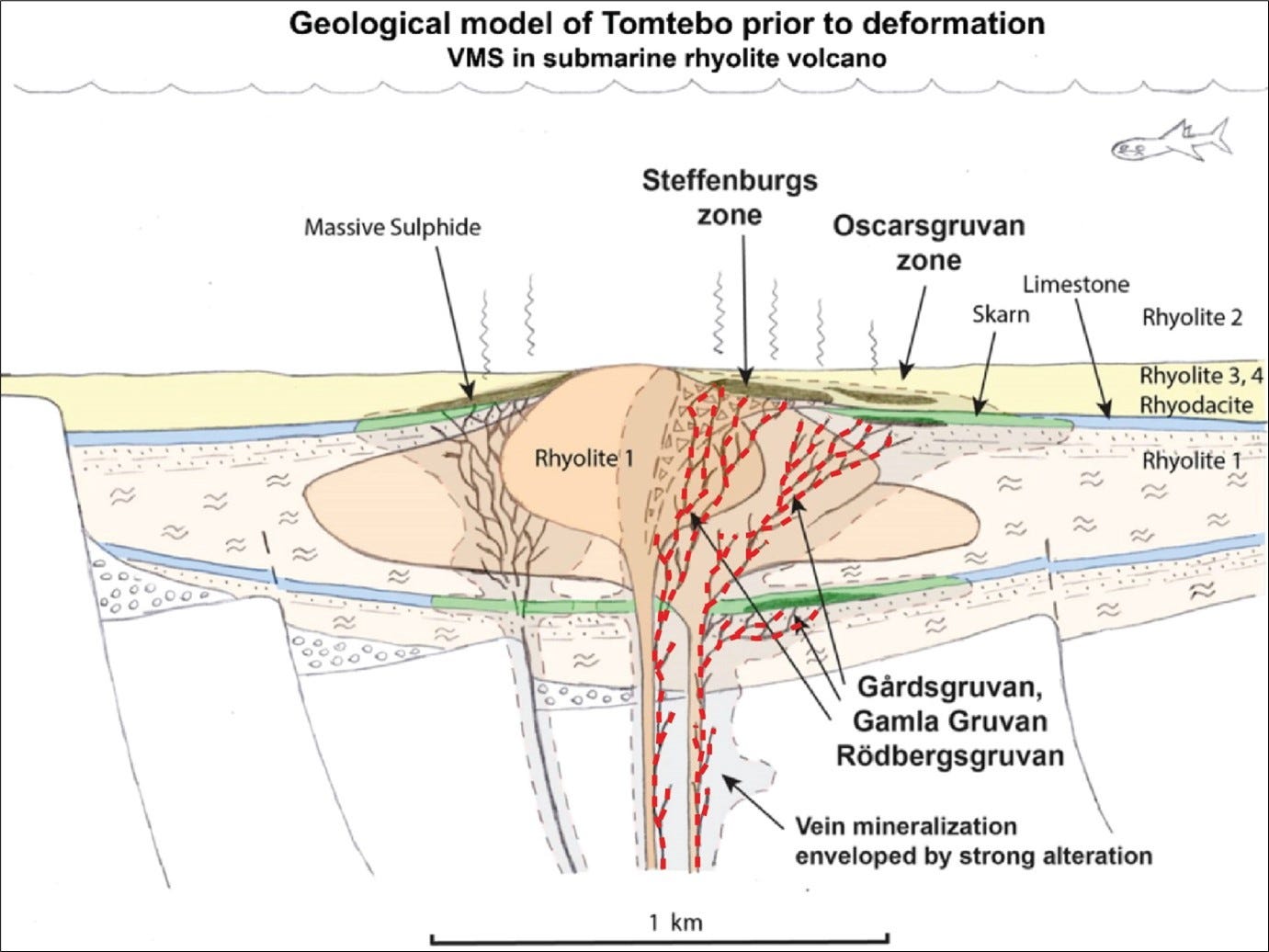
Although more complicated in detail, perhaps the best way of visualizing the geology at Tomtebo is to rotate the schematic cross-section shown above by 90 degrees so that it resembles the geological map below. The latter essentially depicts a tilted and somewhat refolded VMS system with the Cu-Au rich feeder system located in the south (rhyolite1) and the stratigraphic hanging wall to the north (rhyolite 2), while the interpreted mineralized horizon (contact zone between rhyolite 1 and rhyolite 3/4) is running in E-W direction and sub-vertically dipping towards the north.

Having found a way to navigate in the VMS system and based on the understanding that VMS deposits tend to form clusters of massive sulfide lenses, parts of the current drill program aim to test the inferred rhyolite 3/4 horizon east and west of the historic mine. Additionally, the company plans to test the down plunge/dip continuation of the already-known Steffenburg lens which is currently defined to a vertical depth of 250m. The lens previously returned e.g. 25.5m @ 8.24% ZnEq in drill hole TOM22-038, 14.30m @ 14.15% ZnEq in drill hole TOM21-025 or 30.05m @ 10.93% ZnEq in drill hole TOM21-028.
As is customary for VMS exploration, the company is following up each drill hole with downhole electromagnetic measurements (BHEM) to better define the orientation of potential intersections and screen for nearby off-hole conductors. Due to the structural complexity on a local level, District is also taking as many structural measurements as possible in an attempt to unravel the mineralization’s detailed geometries and predict the continuation of the Steffenburgs zone at depth. The operating team is currently based in Stora Skedvi and has its core shed in Säter, all within a few kilometers of the project site.
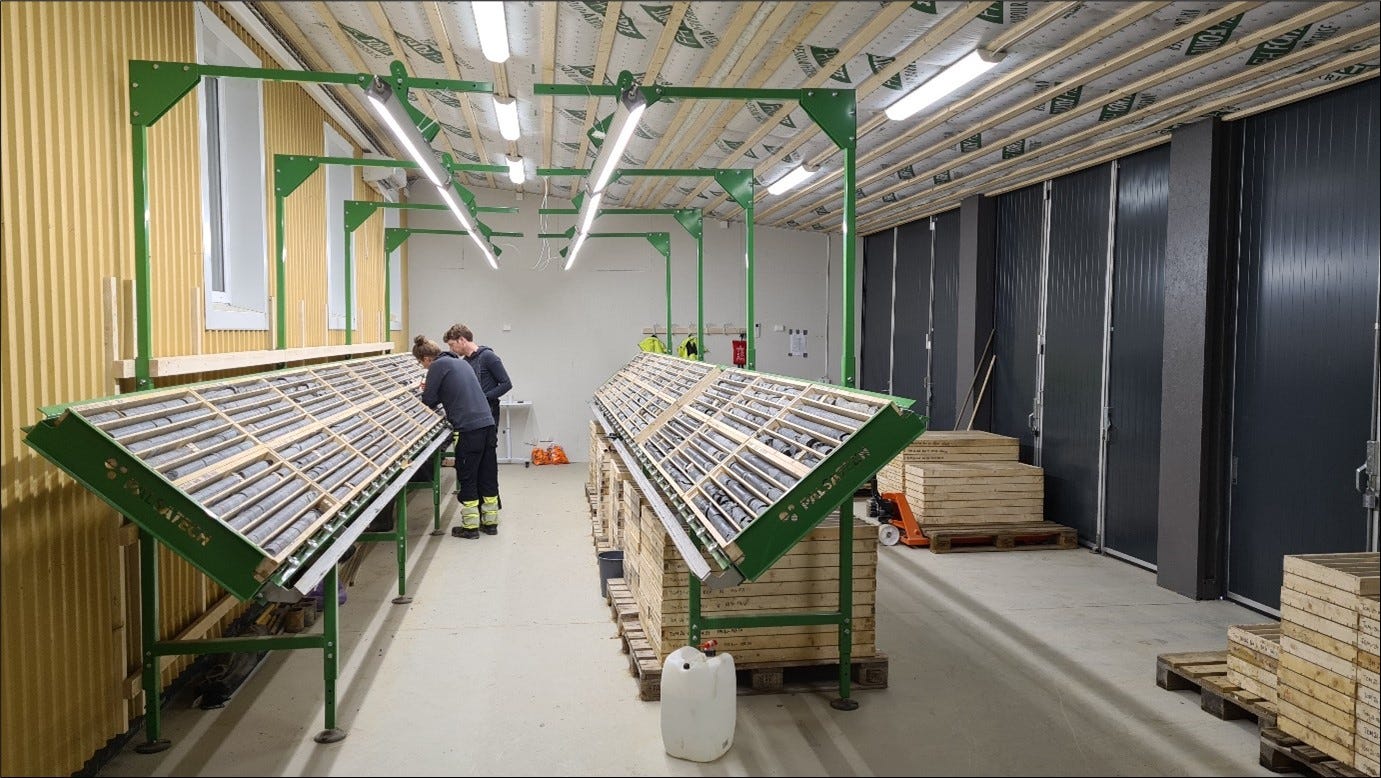
While approaching the end of the drill program at Tomtebo and assessing the newly generated data, the team is also beginning to focus on optimizing drill targeting at the Stollberg project, where exploration activities are scheduled to commence in the second half of the year.
If you enjoyed this post you might also want to check out my visits to Norra Kärr, Olserum, and Harnäs.
The Northern Explorer

